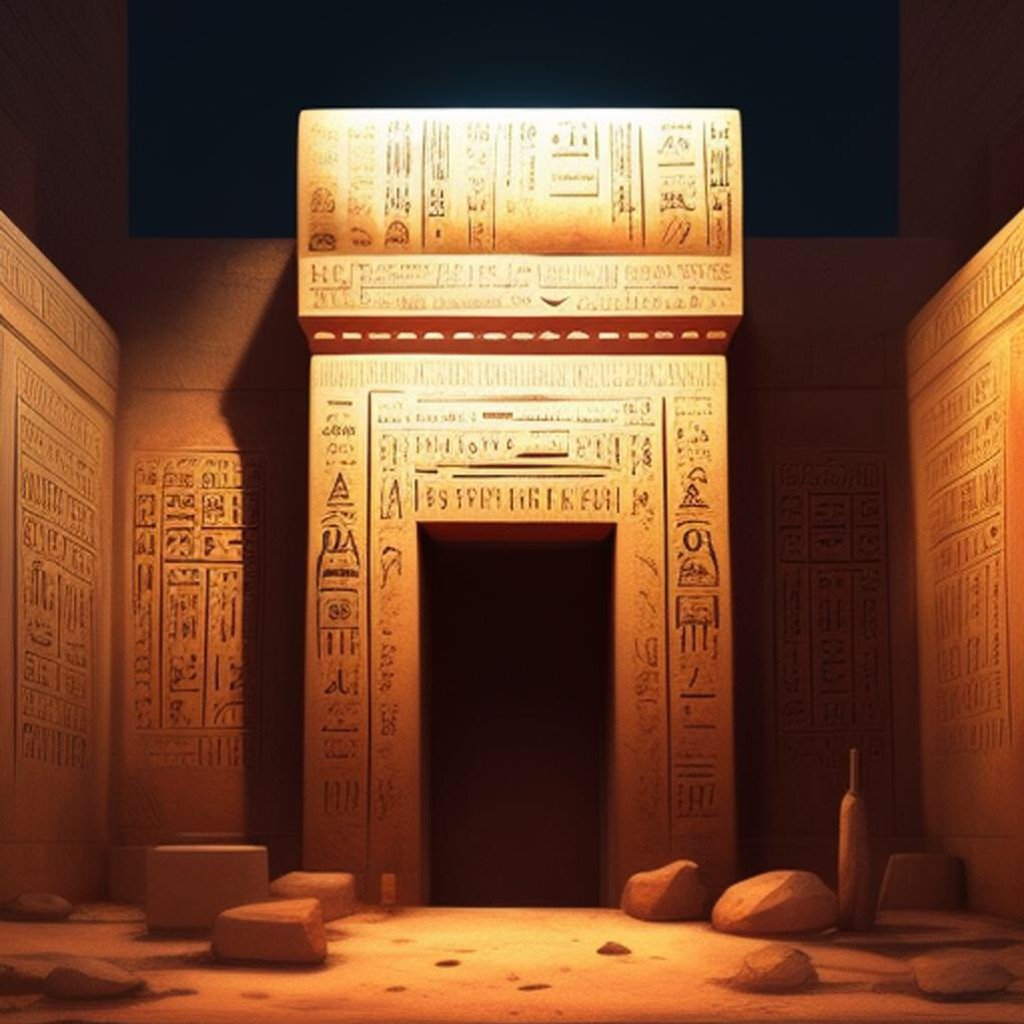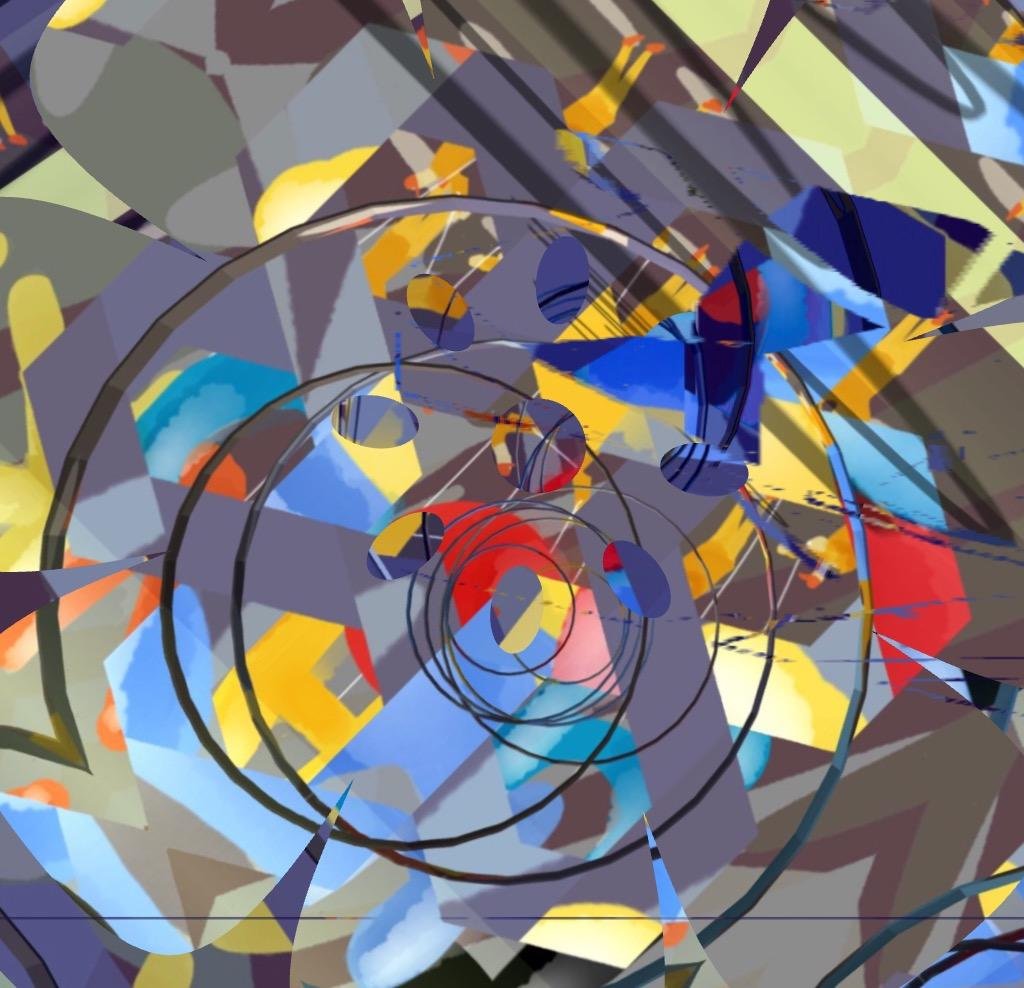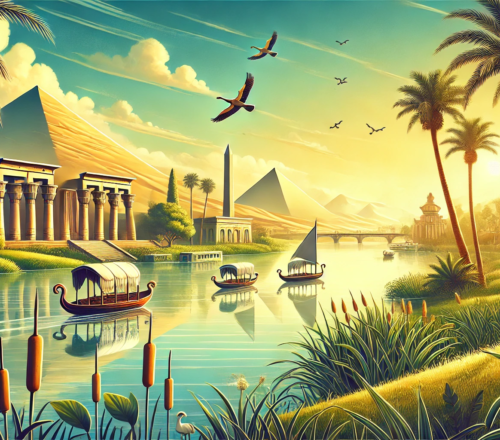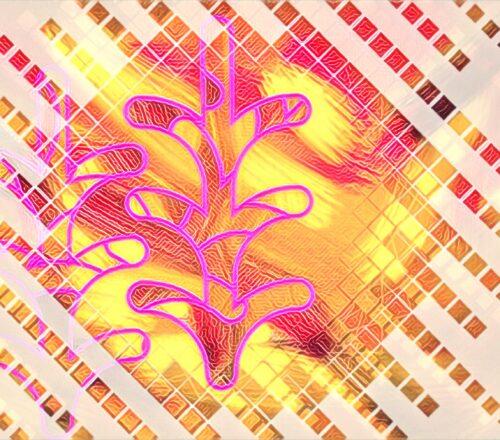
Table of Contents
Unveiling Timeless Craftsmanship
In the hushed corridors of ancient Egypt, art was more than a brushstroke; it was a symphony of techniques that birthed masterpieces destined to stand the test of time. Join us as we journey through the pages of history, unveiling the intricacies of craftsmanship that have preserved Egyptian art across millennia. From the grandeur of temple frescoes to the delicate strokes of tempera on papyrus, these techniques are the threads that weave the tapestry of Egypt’s artistic legacy.
Frescoes that Capture Life’s Symphony on Temple Walls
Step into the world of frescoes, where colors are embedded in wet plaster, creating a bond that transcends ages. Temples, once vibrant centers of worship, now whisper stories through their frescoes. Within their walls, scenes of daily life and religious devotion still captivate viewers. As we gaze upon the “Tomb of Nebamun” frescoes, we are transported to a timeless Nile Valley, where musicians play, farmers till the land, and gods bestow blessings. Through frescoes, ancient artisans gifted us snapshots of existence, painting not just pigment but the pulse of life itself.
The Enigma of “Tomb of Nebamun“, a Glimpse into Eternity
Unraveling the mystique of the “Tomb of Nebamun,” we find a treasure trove of frescoes that transcend the bounds of mortality. Nebamun, an Egyptian official, stands immortalized in his tomb, surrounded by vibrant scenes of hunting, feasting, and music. The artistry captures his story, but more profoundly, it captures the essence of life during his time. Through these frescoes, we touch the dreams, desires, and aspirations of an individual who lived millennia ago, a testament to the enduring power of the fresco technique.
Tomb of Nebamun: The Tomb of Nebamun, located in the Theban necropolis near Luxor, Egypt, dates back to the 18th Dynasty during the New Kingdom period. Nebamun was a prosperous grain counter and his tomb is renowned for its exquisite wall paintings that provide insights into ancient Egyptian life, daily activities, and religious beliefs.
The vibrant frescoes depict scenes of hunting, feasting, and agricultural abundance, showcasing Nebamun’s wealth and status. Notably, the artwork emphasizes themes of regeneration and the afterlife, reflecting the Egyptians’ beliefs in life beyond death. The tomb serves as a significant archaeological site, illustrating the artistic mastery and social structure of the time.
Tempera on Papyrus Whispers Secrets of the Beyond
Venturing beyond the temple walls, we encounter a delicate technique that graced papyrus scrolls—the ancient art of tempera painting. In the “Book of the Dead,” we find a visual guide to the afterlife, rendered in hues that seem to defy time itself. Here, tempera unfurls its secrets, detailing the voyage of souls, the trials they face, and the blessings they seek. Each stroke of the brush tells a tale of the beyond, where gods, mortals, and destiny converge in strokes of color that resonate across centuries.
Book of the dead: The Book of the Dead is an ancient Egyptian funerary text, composed of a collection of spells, prayers, and incantations intended to guide the deceased through the afterlife and ensure their safe passage into the realm of the gods. Originating around 1550 BCE, it was often inscribed on papyrus and placed in tombs, allowing the dead to navigate challenges and judgment in the underworld.
Central to its teachings are the Weighing of the Heart ceremony, where the heart of the deceased is measured against the feather of Ma’at, symbolizing truth and justice, and a series of vignettes depicting the journey of the soul. The text reflects deep beliefs about morality, resurrection, and the eternal soul, illustrating the ancient Egyptians’ profound understanding of life, death, and the afterlife.
Enduring Craftsmanship, Enduring Beauty
These techniques, frescoes and tempera alike, are the alchemy that transformed art into a timeless symphony. Frescoes bound colors to stone, narrating stories across eras. The “Tomb of Nebamun” still echoes with his laughter, and the “Book of the Dead” beckons us to explore the ethereal realms it portrays. Through these techniques, art was elevated to a realm where history, culture, and emotion converged in an enchanting dance.
Conclusion: A Crafted Legacy that Echoes On
As we step away from the enchanting world of Egyptian craftsmanship, we carry with us the echoes of centuries. Frescoes, born from plaster and pigments, grace our eyes with scenes of life and divinity. Tempera on papyrus, delicate and deliberate, whispers of the beyond. These techniques are not just methods; they are conduits through which the ancient world reaches out to us. They remind us that art is not confined to a moment but is, rather, a bridge that connects us across the sands of time—a bridge adorned with the artistry that has truly stood the test of time.
Shop Corner
Tomb of Nebamun fresco on Amazon
Book of the dead on Amazon
Papyrus on Amazon
Enjoy the Beauty!
Sources openai Language models, aitrot, picsart and mib
Embark on a journey into the realm of affiliate marketing and craft your own website within a vibrant, supportive community. Join me in this adventure, where you can begin as a free starter and stay as long as you desire. Enjoy complimentary hosting and foundational teachings to set you on your path. For those with advanced skills, opportunities to elevate your expertise await. Take a moment to explore and witness the magic for yourself!




